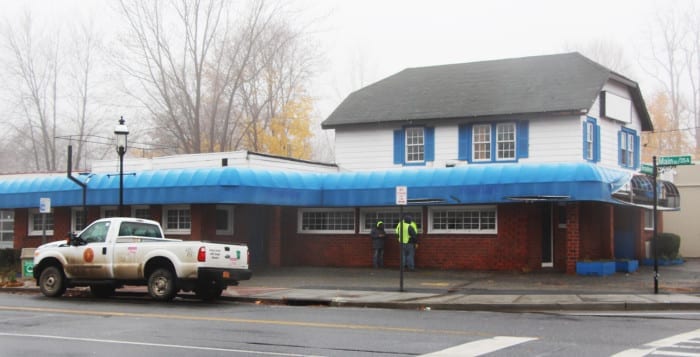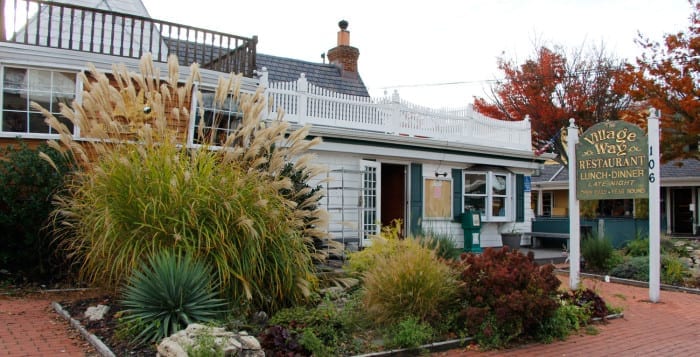Early stage businesses on the North Shore should set their sights high.
A state program that offers tax breaks, technical aid, legal advice and more is now more accessible to startup businesses, thanks to both Long Island High Technology Incubator in Stony Brook and LaunchPad Huntington.
The Innovation Hot Spot Support Program is a smaller version of the New York State-wide program Start-Up New York, which aims to empower more up-and-coming businesses with the tools they need to prosper. Hot Spot does not offer all of the benefits that Start-Up NY offers, but it is less restrictive and has fewer mandates than the former.
Start-Up New York requirements include a 10-year commitment strictly at an incubator location, and hiring a certain amount of employees.
Hot Spot was created to support companies that are in the early stages of development for the purpose of creating successful businesses in state. In order for a company to get approved for this program, they need to be recommended by a certified Start-Up New York member.
The benefits of being in the Hot Spot program include technical assistance, mentorship, entrepreneurial education, development services and tax breaks. Phil Rugile, director of LaunchPad Huntington, said that businesses in Hot Spot are eligible for state tax breaks, corporate tax breaks, are free of sales tax, and can receive legal advice for issues like patents.
As of this month, Launchpad is a designated approval site for the Hot Spot program and can now nominate companies to be considered for it, as long as they are tenants of one of LaunchPad’s five locations, according to Rugile.
“We want to help startups,” Rugile said. “I’m excited. This is a good program.”
One of the reasons LaunchPad is now part of the Hot Spot program is because the Long Island High Technology Incubator located at Stony Brook University supports them. It’s required for every Hot Spot to be affiliated and supported by a college, university or research institution.
Long Island High Technology Incubator is a non-profit business that supports early-stage companies much like LaunchPad. In its 16 years of service, it has housed more than 70 companies and is an official Start-Up New York member. Now LaunchPad joins Long Island High Tech in supporting new businesses and recommending them for programs like Hot Spot.
Ann-Marie Scheidt, director of economic development at Long Island High Tech and an adjunct professor at Stony Brook University, said in a phone interview that the council wants to make sure all places they support “represent a innovative family on Long Island that will help startups grow and stay on Long Island.”
She said that LaunchPad exposes new companies to “an enormous range of expert resources that are so valuable for an early-stage business.”
LaunchPad has already successfully nominated a tenant of theirs to join the Hot Spot program — Nomorobo, a company that shields customers from telemarketers and robot callers.
Aaron Foss, founder of Nomorobo, said that LaunchPad wanted any company they nominated to be able to contribute to the community. Ross is also a professor at Molloy College and works with students from Molloy, Stony Brook and Hofstra University to develop their business ideas.
Foss said the financial benefits of the program are fantastic.
“I have about a $50,000 monthly phone bill, with added costs for sales tax,” Foss said in a phone interview. “That’s thousands of dollars I can use elsewhere, to hire employees or spend on advertising.”


















